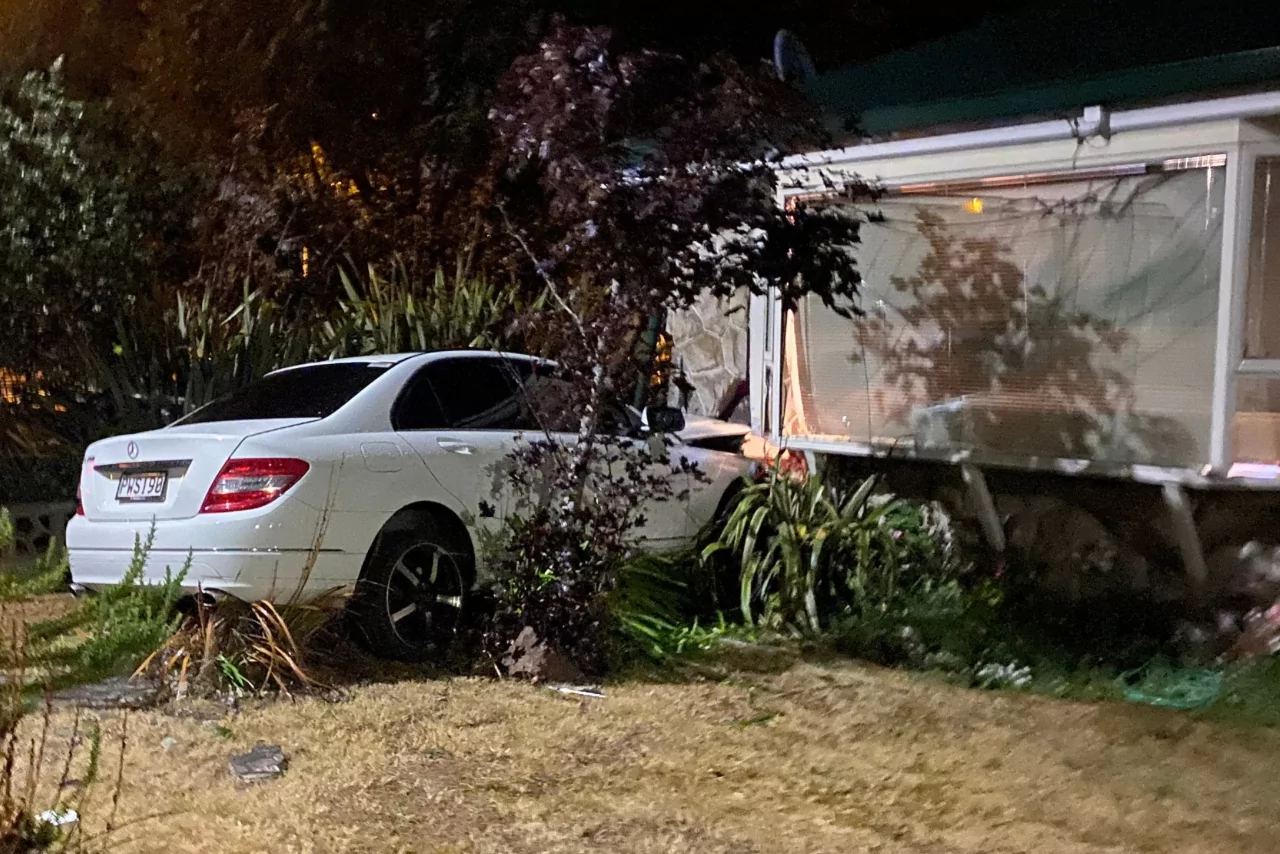Escaped youth tracked by Eagle helicopter, found hiding in New Brighton
The young person who escaped from a youth justice facility in Rolleston has been located...
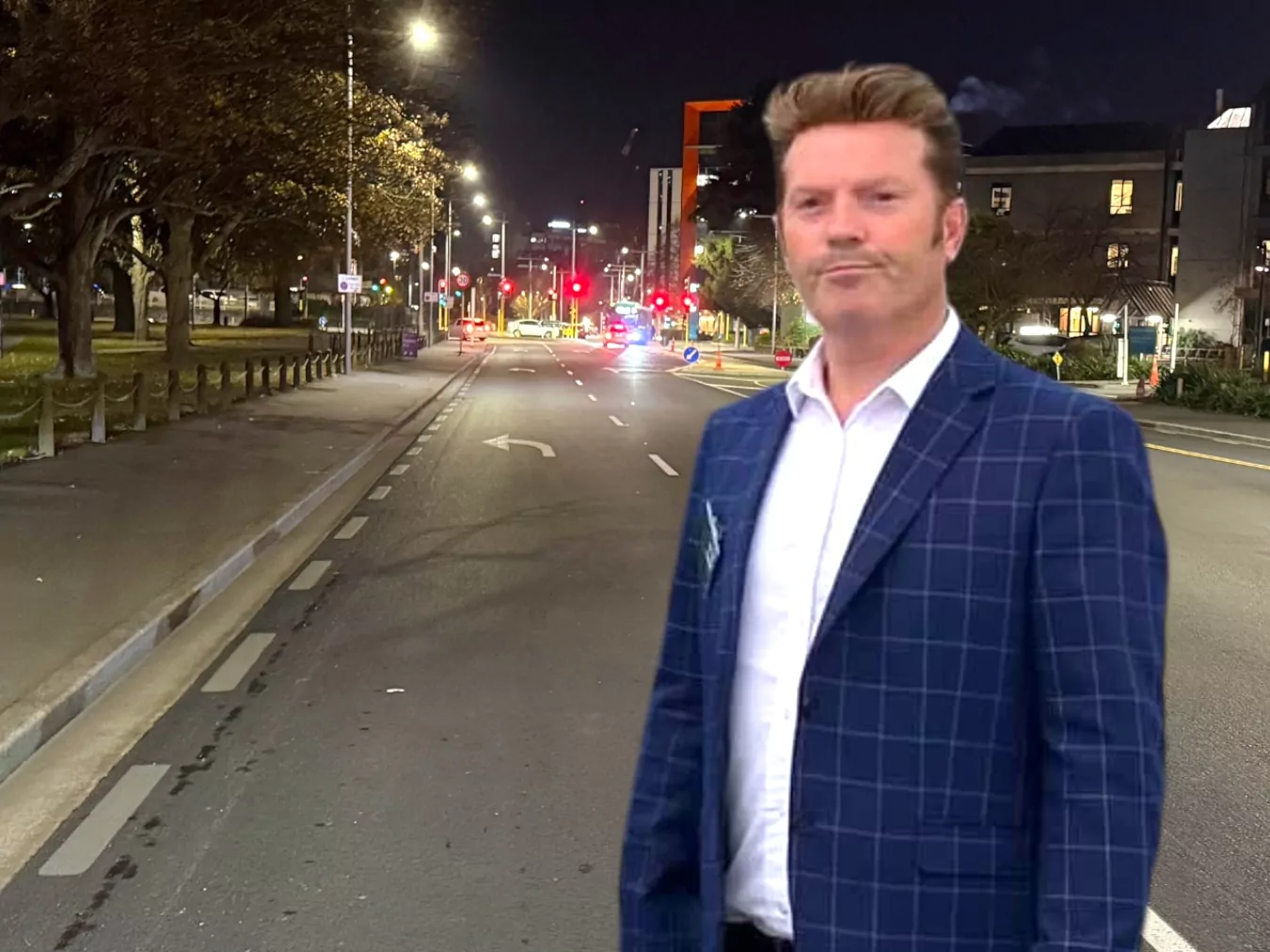
Christchurch City Council staff have been accused of misleading elected members and the public by claiming a night-time parking trial outside Christchurch Hospital is not being used, despite failing to install signs indicating the free parking is available.
The six month trial, which began in April, was introduced at the request of Harewood Councillor Aaron Keown and Christchurch Mayor Phil Mauger to help hospital visitors and staff struggling to find free parking in the area.
The trial created 18 free on-street car parks by making a lane on Hagley Avenue between St Asaph Street and Riccarton Avenue between 7.30pm and 7.30am available for parking.
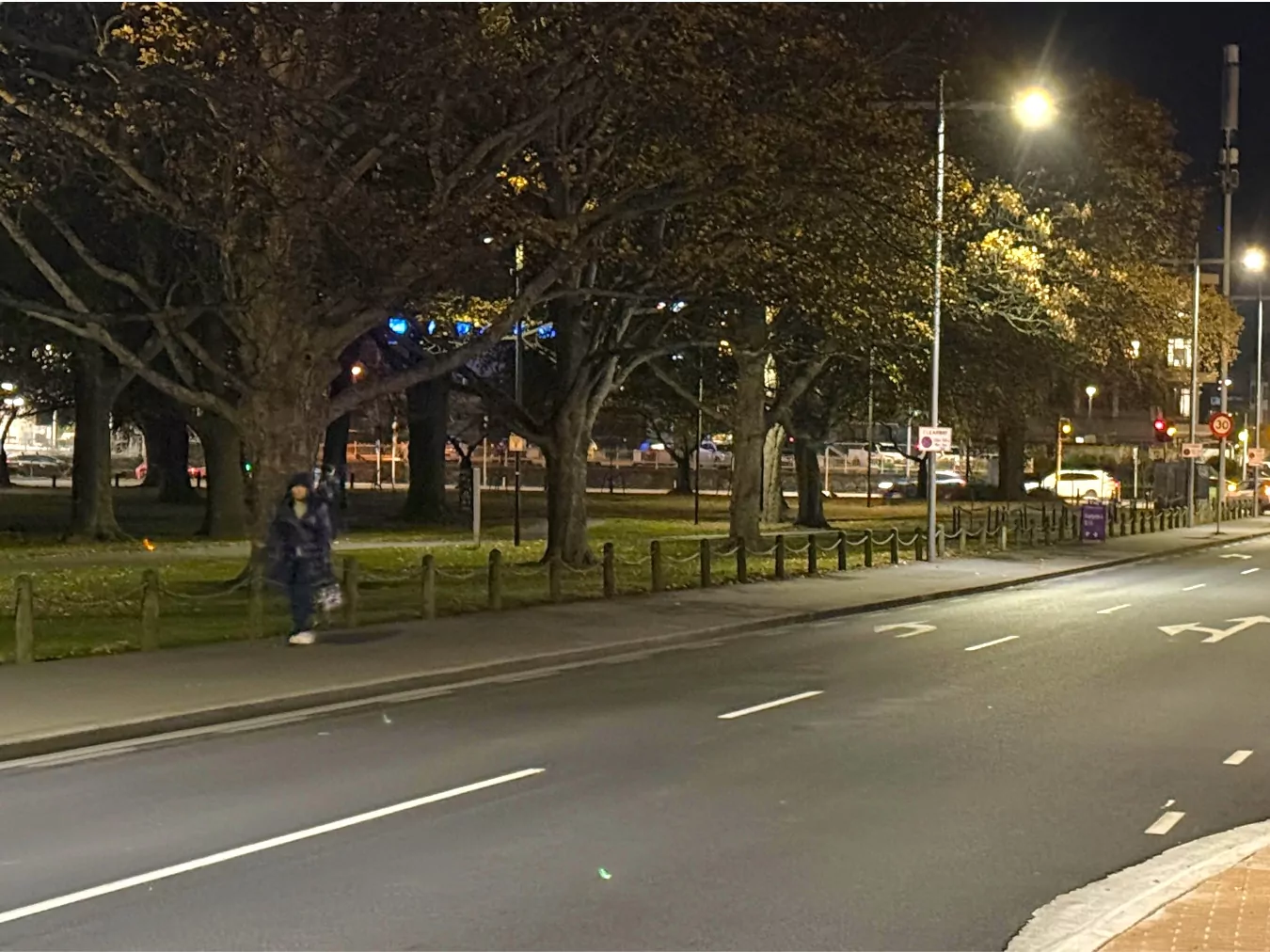
Empty parking lane with no parking sizes inviting motorists to park
Last Thursday, council transport operations manager Stephen Wright said “ highest number of vehicles observed parked at one time was two, and the maximum total usage recorded over a single night was three vehicles. On several occasions, no vehicles were parked in the trial area overnight” he said.
But what he didn’t say was there are no clear signs advertising the free night time parking along the street.
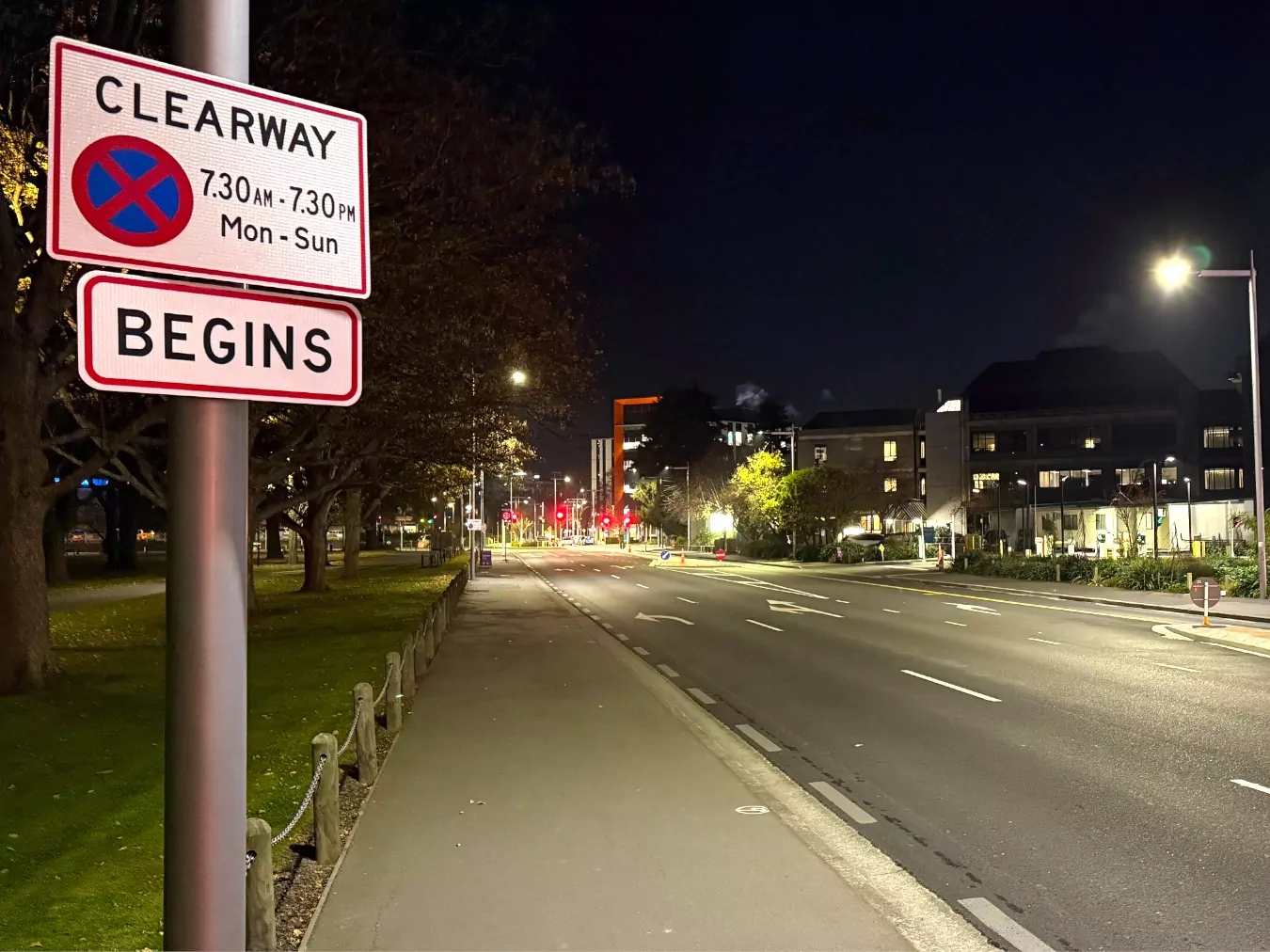
Hagley Avenue where parking is available at night
Chris Lynch Media visited Hagley Avenue on 8pm on Monday and spoke with multiple hospital visitors.
None of them knew that there was free night-time parking along the lane.
The street had clearway signs, but there were no signs alerting the public to the free parking.
When Chris Lynch Media attempted to park in one of the designated spaces, passing drivers tooted their horns, wrongly assuming the vehicle was illegally parked.
Nurses unaware of free parking
A New Zealand Nurses Organisation spokesman said “the organiser in Christchurch confirmed that they had not been approached by the Christchurch City Council or any other party regarding the 18 additional and free car parks on Hagley Avenue.”
Councillor Keown said the facts speak for themselves. “This isn’t a communication failure. It’s a deliberate obstruction.
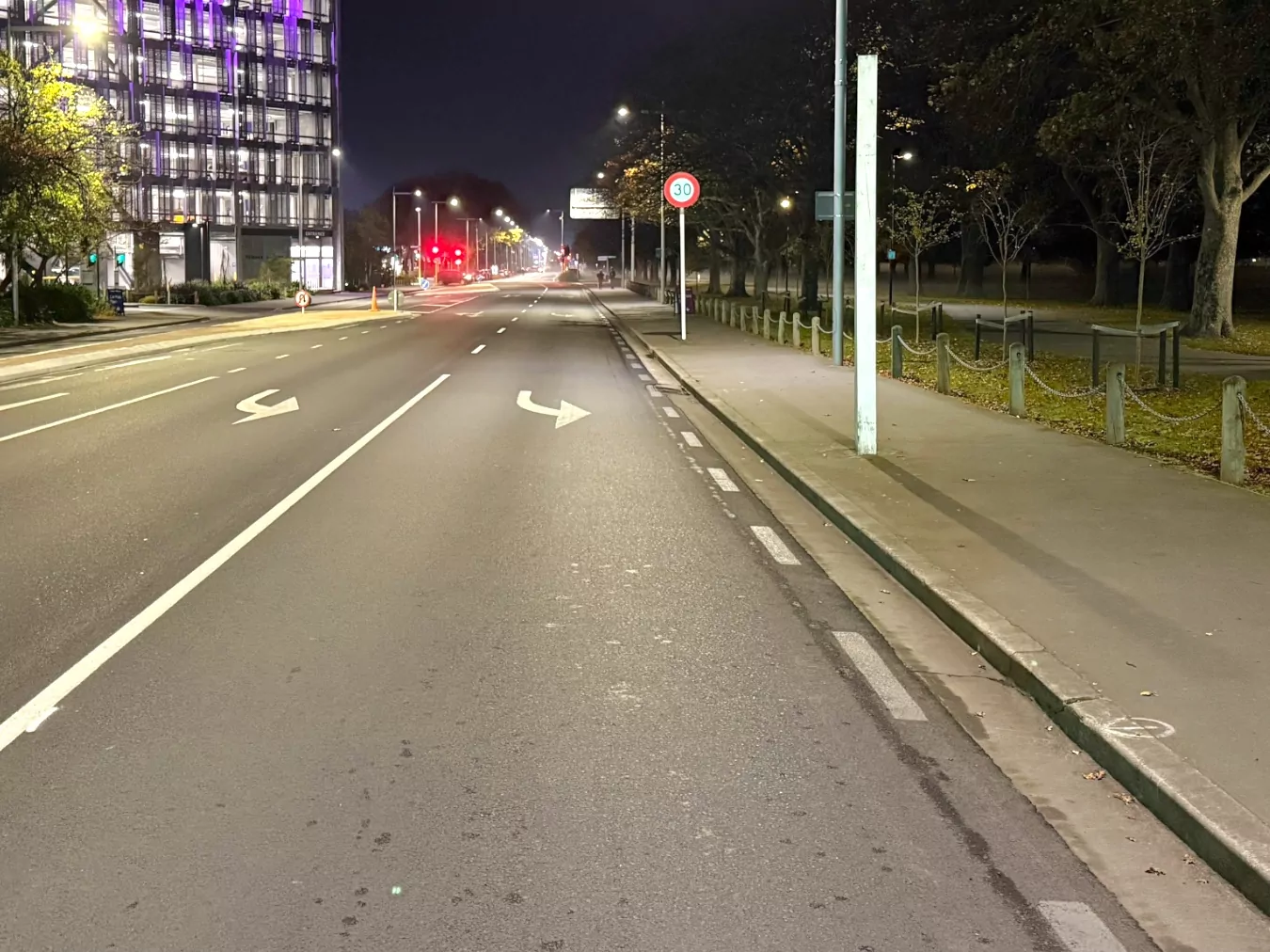
Empty parking lane on Hagley Avenue with no parking signs
“How can you run a trial and then claim it’s failing when you’ve done absolutely nothing to inform the public? Not even a single sign,” he said.
Keown said the situation exposed a deeper culture issue inside the Council. “There’s clearly an anti-car ideology driving decisions behind the scenes.
“Staff knew this trial could help people, and they’ve done everything they can to ensure it doesn’t succeed. It’s not just dishonest, it’s contemptuous of the public and of the councillors who backed this idea in good faith.”
But Transport Operations Manager Stephen Wright said “We have put up the right number of signs for the clearway, in line with NZTA guidelines. We have installed two repeater signs to make sure drivers can see them clearly.
“Parking tick marks have been painted at the start and end of the clearway to show where it begins and ends. We have not marked individual parking spaces, as vehicle sizes vary and fixed markings may not be practical in this context.”
Wright said the yellow “no stopping” lines have been covered, not fully removed, to avoid damaging the road surface during this six month trial. “If the clearway becomes permanent, we will be able to permanently remove the lines,” he said.
He said “We have chosen not to add signs like ‘free parking here’ because this may cause confusion and lead people to believe parking is allowed at all times, which could disrupt traffic flow during peak periods.”
The Council was also asked how it expects motorists to use the trial if they are unaware it exists. Wright said, “Council staff communicated this parking trial more extensively than we normally would when compared to a typical introduction of parking restrictions.
“Uptake of new on-street parking differs depending on where the original demand came from. When parking changes come about due to public demand, we often see quicker uptake from road users. This information will be summarised during our analysis of the trial data and presented to Council in a decision report.”
He said “in early March, Council staff shared information about the trial with Health New Zealand, St John, Fire and Emergency New Zealand, police, the Otago School of Medicine, Hagley College, and Canterbury Health Laboratories.
“The wider public was informed through the project webpage, a Newsline article, and a post on the Council’s Facebook page. Media outlets including The Press and Chris Lynch Media also covered the story.”
Wright said” staff are aware of the low use of the clearway parking spaces and are exploring options to raise awareness, including a recent meeting with Te Whatu Ora staff.”
Hospital yet to inform staff about free parking trial, citing lack of detail from Council
Health NZ Canterbury Group Director of Operations, Hamish Brown said the hospital needed more information about the trial before it could discuss the parking with staff.
“The parking you’ve outlined is a Council led trial initiative for the general public, and not specifically for our hospital staff.
“However we anticipate we’ll be able to tell staff about these council public parks in the near future, but we need more information in order to be able to advise staff.
Brown said “we continue to work with the Council and other key partners on finding solutions to improve parking, transport and safety in and around the hospital campus specifically for staff and visitors, however in this instance you will need to contact the Council directly about these public parking spaces.”
